Renderer: A Comprehensive Guide
What is a Renderer?
A renderer, in the context of computer graphics and animation, is a software or hardware component responsible for generating images from 3D models. It interprets mathematical descriptions of objects and scenes, applies textures, lighting, and shading, and produces the final image that users see on their screens. Renderers are essential tools for artists, designers, and developers working in fields like video games, film, architecture, and product design.
Key Functions of a Renderer
1、Geometry Processing: Interprets the shapes and structures defined in 3D models.
2、Shading and Texturing: Applies colors, textures, and materials to surfaces.
3、Lighting: Simulates how light interacts with objects to create realistic shadows and highlights.
4、Rendering Algorithms: Uses various algorithms (e.g., rasterization, ray tracing) to convert 3D data into 2D images.
5、Post-Processing: Enhances the final image through effects like bloom, depth of field, and motion blur.
Types of Renderers
Renderers can be categorized based on their rendering methods and the environments they operate in.
Real-Time vs. Offline Renderers
| Type | Description | Examples |
| Real-Time | Produces images instantly as objects move or change. | Unity, Unreal Engine |
| Offline | Takes longer to produce high-quality images. | V-Ray, Octane, Redshift |
Software vs. Hardware Renderers
| Type | Description | Examples |
| Software | Runs on the CPU or GPU using software algorithms. | Blender Cycles, Corona Renderer |
| Hardware | Dedicated GPU units optimized for rendering tasks. | NVIDIA GeForce RTX, AMD Radeon RX |
Popular Rendering Software
Here are some widely used rendering software tools across various industries:
For Video Games
Unity: A versatile real-time rendering engine used for developing 2D and 3D games.
Unreal Engine: Known for its advanced real-time rendering capabilities and use in high-fidelity game development.
For Film and Animation
Autodesk Maya: A comprehensive tool for 3D modeling, animation, and rendering.
Blender: An open-source tool that supports both real-time and offline rendering.
Cinema 4D: Popular in motion graphics and visual effects for its user-friendly interface.
For Architecture and Product Design
V-Ray: A powerful offline renderer known for its photorealistic output.
Lumion: A real-time renderer ideal for architectural visualization.
KeyShot: Used extensively in industrial design and product visualization for its ease of use and fast rendering times.
The Rendering Process
The rendering process involves several stages, each contributing to the creation of the final image. Here’s a simplified outline:
1、Scene Construction: Building the 3D environment including models, textures, lights, and cameras.
2、Shading: Applying surface properties such as color, reflectivity, and transparency.
3、Lighting: Setting up light sources and calculating how they affect the scene.
4、Rendering: Using algorithms to convert the 3D scene into a 2D image.
5、Post-Processing: Enhancing the image with effects like anti-aliasing, bloom, and depth of field.
Advantages and Disadvantages of Different Rendering Techniques
Rasterization
| Pros | Cons |
| Fast rendering speed | Less detailed shadows/lighting |
| Low resource consumption | Limited realism |
Ray Tracing
| Pros | Cons |
| High realism and accuracy | Slower rendering speed |
| Excellent light simulation | High resource consumption |
Photon Mapping
| Pros | Cons |
| Superior global illumination | Long computation times |
| Accurate light distribution | Complex setup required |
Future Trends in Rendering Technology
As technology advances, several trends are emerging in the field of rendering:
1、Real-Time Ray Tracing: Combining the immediacy of real-time rendering with the quality of ray tracing.
2、Machine Learning: Enhancing rendering techniques with AI for better efficiency and realism.
3、Virtual Reality (VR) and Augmented Reality (AR): Increasing demand for immersive experiences driving advancements in rendering technologies.
4、Cloud Rendering: Leveraging cloud computing for faster and more scalable rendering solutions.
FAQs
What is the difference between real-time and offline rendering?
Real-time rendering produces images instantly, making it suitable for interactive applications like video games. Offline rendering takes longer but produces higher quality images, making it ideal for movies and static visual content.
How does ray tracing differ from rasterization?
Ray tracing simulates the path of light rays to create an image, providing highly accurate lighting and shadows but requiring significant computational power. Rasterization uses geometric algorithms to quickly convert 3D models into 2D images, offering faster performance at the cost of reduced realism.

 云主机测评网
云主机测评网




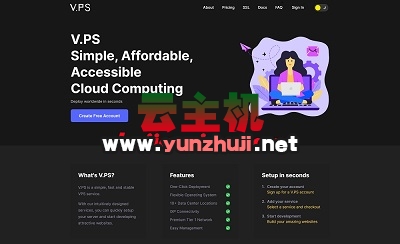




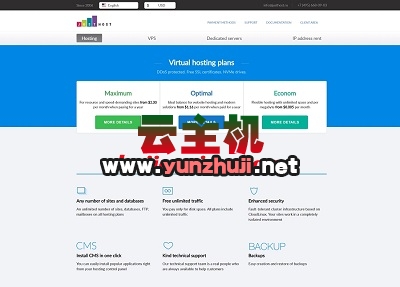

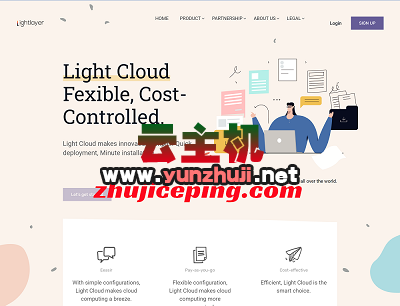
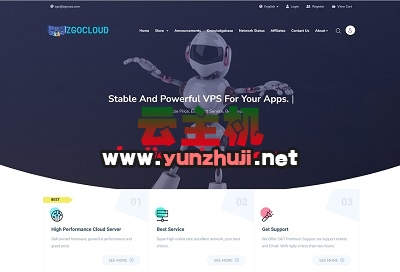
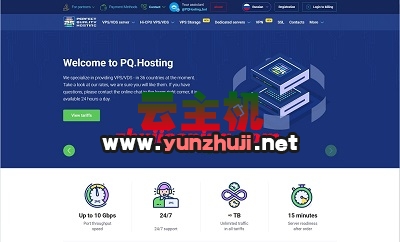


最新评论
本站CDN与莫名CDN同款、亚太CDN、速度还不错,值得推荐。
感谢推荐我们公司产品、有什么活动会第一时间公布!
我在用这类站群服务器、还可以. 用很多年了。